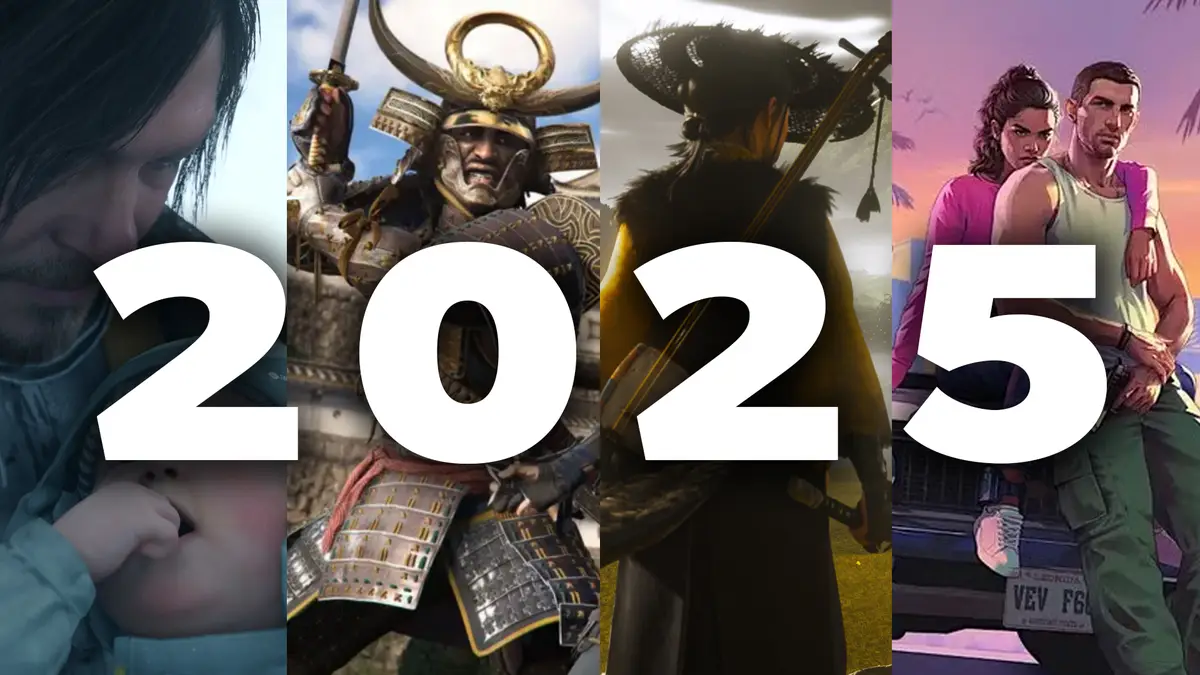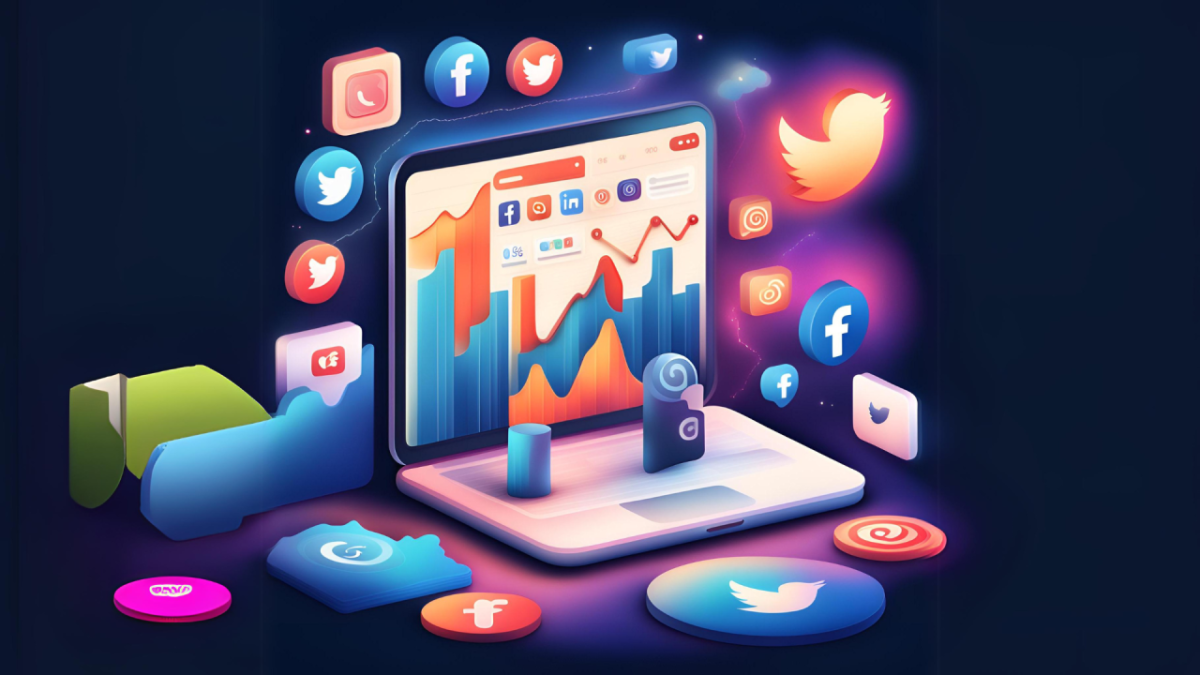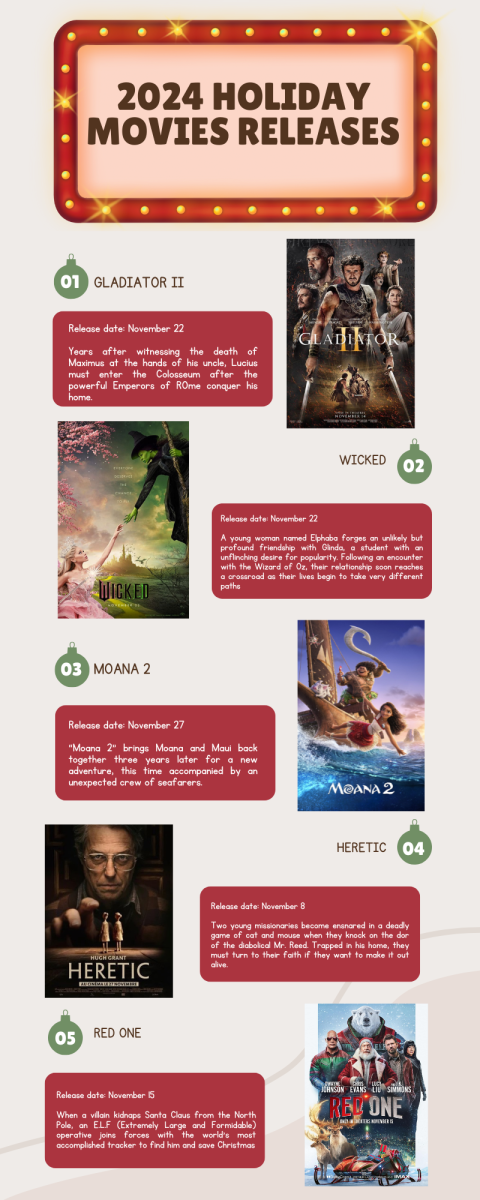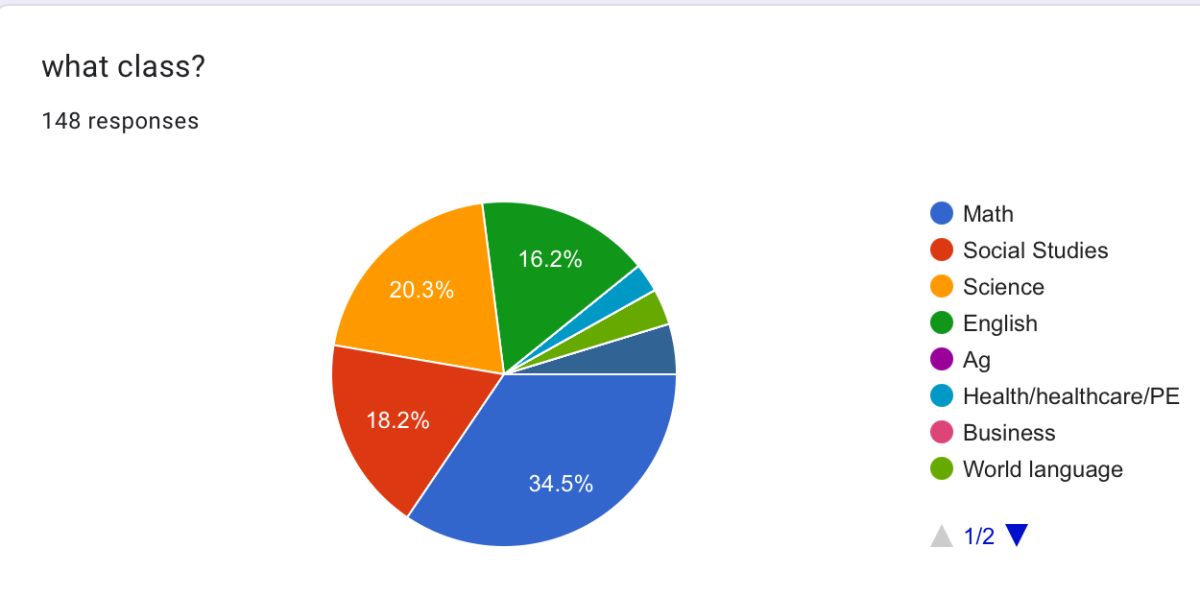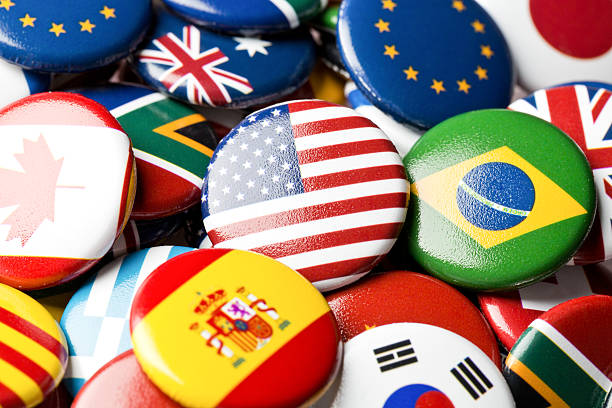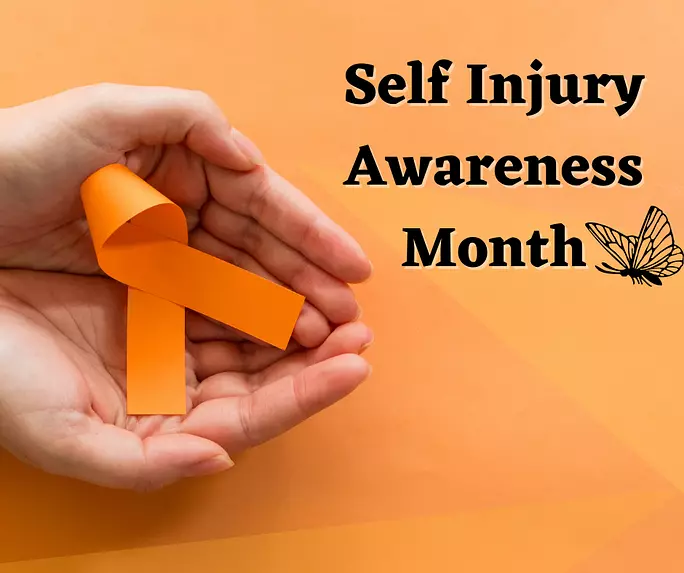“Write me a two-page essay about the Civil War.” That’s the kind of thing a student might type into ChatGPT, expecting an assignment to be completed in just a few minutes. At this point, nearly every high school student, and most teachers, are aware of how artificial intelligence (AI) is being used in school. For many, it’s become the go-to tool for copying answers, making essays, and getting out of work without actually learning. AI is easily the most popular way students cheat and plagiarize. But while it’s often treated like the villain of the modern classroom, the truth is more complicated. Like most technology, artificial intelligence isn’t inherently good or bad. It depends entirely on how it’s used. There are definitely unethical ways to use AI, but there are also plenty of ways it can support learning and make school less stressful.
One LHS teacher, Mr. Hiatt, shared that he often uses AI to write worksheets, quizzes, and practice problems for students. He encourages students to use AI as well, but he emphasizes using it productively– not to cheat but rather to aid in learning. Hiatt teaches chemistry, which is notoriously complicated. However, AI can help simplify difficult concepts and make them so much easier to understand.
AI is one of the most accessible and efficient study tools out there. You can ask ChatGPT almost anything and it’ll try its best to help. Whether you’re studying for a test or just trying to understand a confusing concept, AI can break things down in a way that actually makes sense. One of its biggest strengths is adaptability. It can adjust explanations to your learning style, offer flashcards or practice problems, and even summarize your notes. If you’re a visual learner, it can create diagrams. If you’re a hands-on learner, it can suggest activities. It’s like having a 24/7 tutor in your pocket, which can be a game changer. Especially when you’re studying late at night with no one else around to help.
11th grade student Kai Burcham spoke about his take on AI as one of the top students in his class. When studying, he said, it can “definitely be a great tool if you know how to use it correctly.” He discussed the commonality of using AI to cheat, sharing his opinion that people use AI because they don’t have time to dedicate to doing the work, or because they don’t feel confident enough in the skills needed to do the assignment. Kai’s stance on AI is one shared by many students.
Despite all of AI’s benefits, it also comes with serious downsides, mostly because it’s so easy to misuse. A lot of students don’t use AI to learn; they use it to avoid learning. Copying and pasting an AI-generated essay might save time, but it also means you’re missing the chance to build important writing and thinking skills. Over time, this kind of shortcut culture can really hurt you. Not only that, but AI isn’t always right. Sometimes it gives outdated or completely incorrect information, and if you just blindly trust whatever it says, you might end up with mistakes in your assignments or misunderstanding a concept entirely. And the more someone leans on AI for every task, the harder it becomes to do things on your own. That kind of dependency can sneak up on you, and that’s when it becomes a problem.
In conclusion, AI is a powerful tool that’s changing the way students interact with schoolwork—for better and for worse. It has the potential to help students learn in smarter, more efficient ways, especially when it’s used responsibly. But if it’s treated like a magic shortcut to skip hard work, it can easily do more harm than good. The key is to strike a balance: use AI to support your learning, not replace it. When used thoughtfully, it doesn’t have to be a villain at all, it can actually be one of the best academic resources we have.







